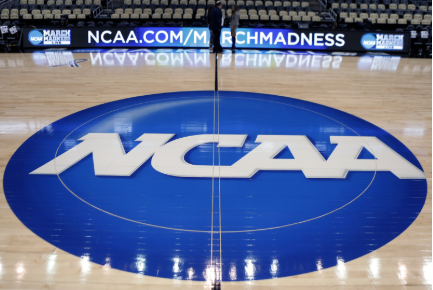The pitch clock: How players and fans are adjusting to the new rule

Image Via CBS Sports
The biggest rule change for the 2023 MLB season was the introduction of the pitch clock. The pitch clock is essentially a timer for the pitcher to throw a pitch. The clock will be set at 15 seconds when the bases are empty, and 20 seconds when there are runners on. The idea of the pitch clock has been previously tested in the Minor Leagues during the 2021 and 2022 seasons. Now it comes to the majors.
This new rule has striked some controversy. Players and coaches are arguing that this new rule could lead to new injuries, as it could throw off pitcher timing. However, the main goal of the clock is to reduce game times. In 2022, MLB game durations were at an all time high, with games averaging three hours and nine minutes. To reduce that, the most obvious method would be to limit the time the pitcher has in between pitches.
The pitch clock rules will be enforced in a couple of different ways. If the pitcher fails to deliver his pitch before his time is up, it is an automatic ball for the batter. For example, if the count was 1-2, and the pitcher has a pitch clock violation, the count will automatically turn to 2-2. A heavy effect of this rule will be pitcher and batter timing. For their entire careers, they have had as much time as they need to get ready. Now, they will need to get used to being “on the clock.”
With the season now close to 1/3 of the way done, there has already been a noticeable difference in game time. Games have now decreased to an average time of 2:38. This is a noticeable 30 minutes of time that has been shaved off due to the pitch clock. Baseball sees this as a win, and so do the fans.
There has also been no noticeable change in the quality of baseball being played. In fact, there has been an increase in offensive production. In 2022, teams were batting .230 on average. Now through the first two months of 2023, teams are batting .245. In addition to faster paced games, the league is also looking to see more offense. This checks both boxes.
Because players had time to get accustomed to the pitch clock in Spring Training, the pitch clock violations have gone down since then. Through the first part of the season, there has only been an average of .8 pitch clock violations per game. And that number continues to go down as the season progresses.
The game is still the same: 27 outs, 9 innings, and 162 games, but positive changes have been introduced. Shorter game time, as well as more offensive production, draws in more fans. That is something that baseball is in dire need of. With the pitch clock here to stay, players and fans will continue to adapt the game into a better product for the game of baseball to continue growing.

Drew Stahl is a Senior at South Lakes High School. This will be Drew’s 3rd year as a Sports Editor and his 4th year on staff. He loves to talk about...

















